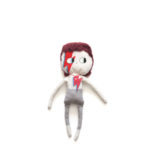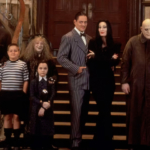
03 Aug A doll is just a doll is just a doll
So, the rhetoric goes, Barbie – in all her thinness, her whiteness, her youth and her fixation on the frivolities of the feminine – set a devastating example for the girls playing with her.
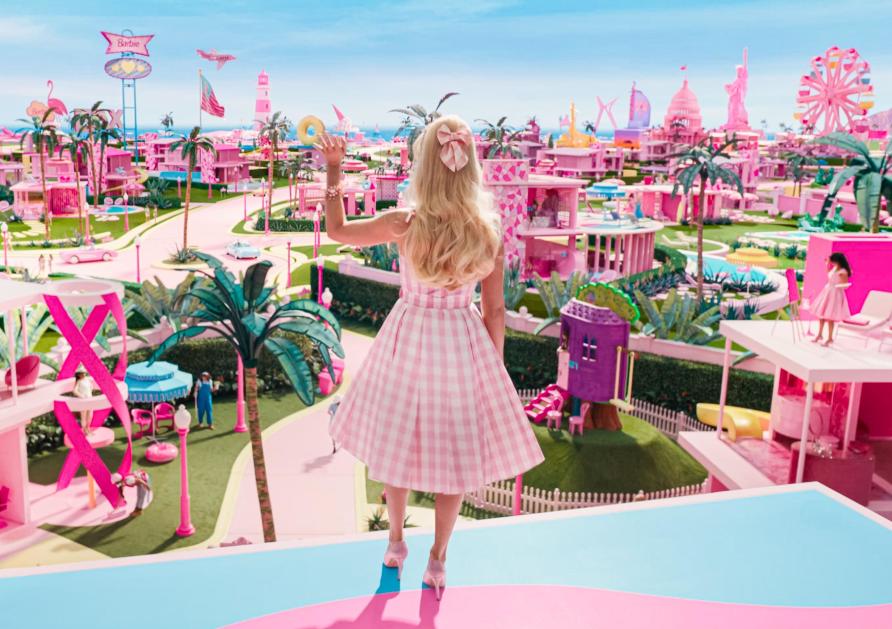
I’d hear that if she were a real person that she’d be too thin to menstruate – as though menstruating was the only thing 150 grams of plastic can’t do. That her foot shape would make it impossible to run from her patriarchal oppressors – as though losing her stiletto arch would have been the doll’s true game changer.
Children’s toys and clothing have long been preoccupations for those strange bedfellows of radical feminists and conservatives. As though somehow the toys that children play with or the garments that they don have not only depth of meaning but are imbued with magical properties.
As though if our Barbie spends too much time in her Dreamhouse, a girl might narrow her ambitions to being barefoot and perpetually pregnant.
Conversely, if we slip Barbie into a lab coat somehow a child can now aspire to a STEM career.
I’m not sure whether it constitutes a confession – I’ve never felt any impetus to hide it – but as a child, I was a Barbie junkie. Between the ages of about five and nine, almost all my toy-related gifts were pink and mass-produced by Mattel.
I don’t remember having any career-centred Barbies. But there were shoes and outfits a plenty. I dimly recall a poodle.
Decades on, and I emerged from the experience as a feminist academic who – for better or worse – doesn’t own a pony or a Corvette or campervan and who isn’t lamenting each month why I must bleed when Barbie doesn’t.
I moved on. We move on.
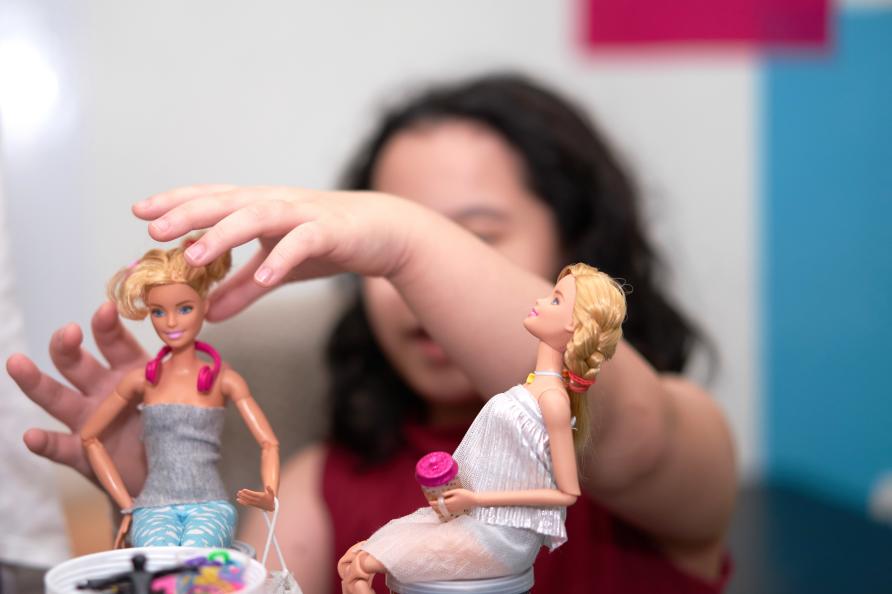
There seem to be plenty of presumptions made by adults about what children are doing and thinking when they’re playing with toys. As though adult gift-givers need to make strategic choices so that the ‘right’ kind of play is engaged with so that, somehow, the right kind of future gets mapped out.
As a child, my Barbies were only ever involved in one pursuit: dramatic relationship entanglements – think romance, think family estrangements, think treachery – mostly inspired by what I saw on film and TV.
My Barbies weren’t devising ways to pay their electricity bill, rather, they were living inside the soap opera in my head. Why boys are blue, and girls are pink
My brother and his tub of GI Joes, for what it’s worth, weren’t aggressively stopping the spread of Communism in South East Asia either.
He configured them into two teams to play Australian Rules, regardless of their camo garb.
Not that I’ve ever been someone drawn to the idea of role models – and have never had one myself – but where does this assumption come from that children are looking to toys for that kind of inspiration?
Why is one toy that gets played with for such a tiny amount of our life course assumed to make such a monumental impact on identity?
Why would we think 150 grams of plastic is where a child gets their dominant ideas about careers and gender presentation, and sex roles? Why is Barbie still under scrutiny and not, say, the dieting practices of parents, the values espoused by schoolyard peers, or the messages of consumption promoted by social media influencers?
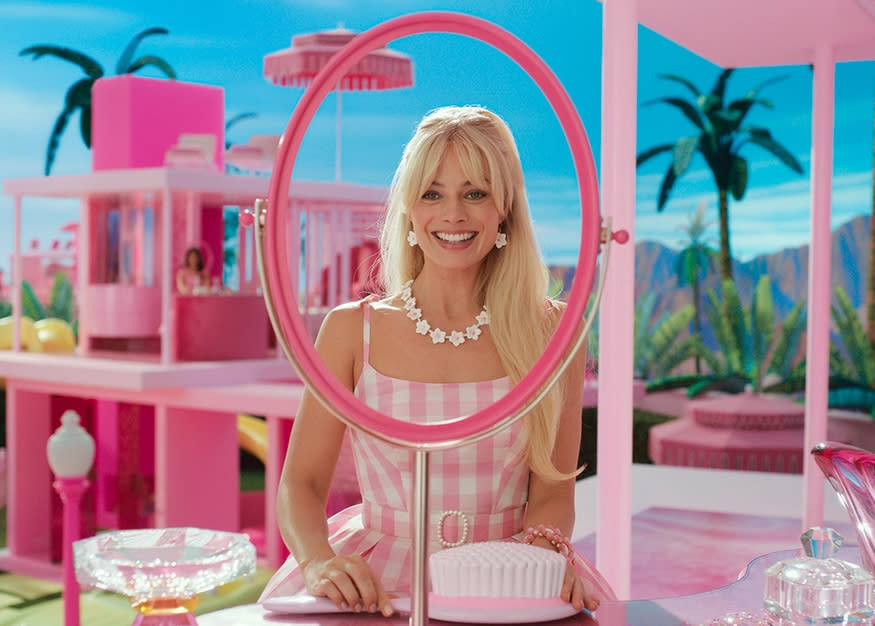
Why do we believe these Barbie-inspired ideas are the ones that stick whereas, apparently, everything else ever seen, heard, and experienced gets rapidly rejected?
As an academic, of course, I understand the overthinking thing. It enables me to pay my own electricity bill, after all.
But there’s a difference between the scholarly act of analysis versus drawing finite conclusions about the powers of plastic, about the powers of play.
Do I love that over sixty years on from her creation, a thin white, perpetually young and period-free doll still dominates the toy market? Not really.
But then I don’t enjoy that every second car on the road is an SUV or that clothing is treated as disposable, or that people can’t afford places to live. But this is capitalism, and picking on Barbie rather than the culture that sustains her production seems like busy work.
If it’s a choice between sudoku, Wordle or spending time debating Barbie as a role model, of course, I’ll always pick the latter. But it’s a fallacy to think it matters.
Choosing not to buy a child a Barbie might feel like a feminist and empowered decision. Perhaps buying one might feel like one, too, in light of the new movie and its feminist bunting.
But ultimately, it doesn’t really matter.
There is, after all, a reason why Barbie’s clothes and accessories can be put on but also shaken off as individual fantasy dictates.
Associate Professor Lauren Rosewarne is a Senior lecturer School of Social and Political Sciences, Faculty of Arts, University of Melbourne and the author of 11 books on gender, sexuality and the media.
Banner: Shutterstock
This article was first published on Pursuit. Read the original article


